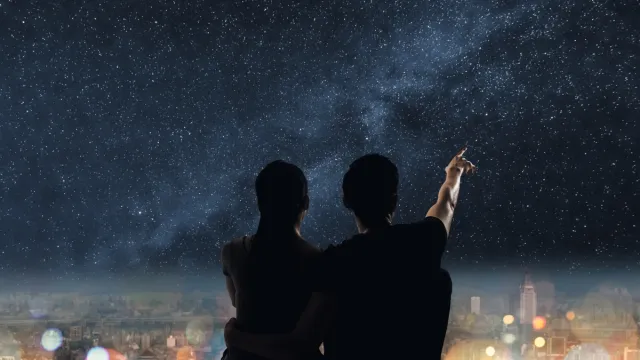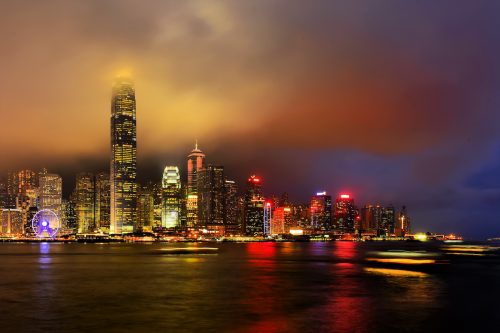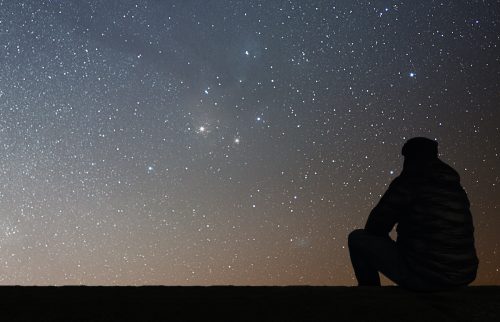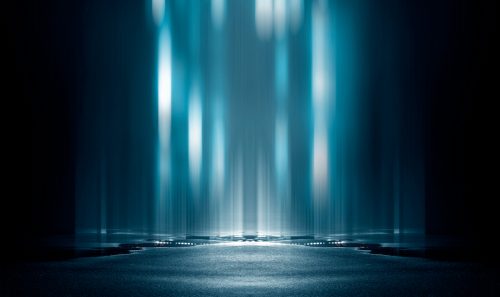Scientists Warn We Are Losing 10% of Our View of the Sky Each Year—Here's Why
Light pollution is only getting worse.

Scientists are warning that we're losing up to 10% of our view of the sky every year because of light pollution—and the problem is only getting worse. Light pollution is human-generated light cast upward into the sky. It affects more than 80 percent of people on Earth.
"For most of us, the stars are, in essence, going out," writes Phil Plait in Scientific American this month. But how much, and how quickly? It's difficult for scientists to measure. But a new study claims to have gotten a handle on some numbers that are alarming experts. Read on to find out more.
"Citizen Scientists" Called Into Action

Light pollution has proved difficult to track because it's traditionally been studied by cameras from space. What an orbiting satellite sees may not be the same as what can be observed from the ground. So in a study led by German light pollution researcher Christopher Kyba, enlisted human eyes to stand in for telescopes. They used data from Globe at Night, a project of the U.S. National Science Foundation's National Optical-Infrared Astronomy Research Laboratory (NOIRLab), which uses ordinary citizens to measure light pollution.
Human Eyes Analyzed Skies, Charts

Volunteers were given several sets of star charts: one with a range of visible stars; one showing only the brightest stars, one with somewhat fainter stars, and onward to the faintest stars visible to the naked eye under ideal conditions. Study participants then looked at the sky and compared the faintest stars they could see to the charts.
The scientists gathered data from nearly 50,000 global participants who observed the brightness of their sky from 2011 to 2022. During that time period, Europe saw a 6.5 percent increase in light pollution per year, and North America saw a 10.4 percent increase. Worldwide, light pollution increased by 9.6 percent each year over that time period.
Increase Alarms From Experts

That number is more alarming than it may seem: A year-over-year growth of about 10 percent means sky brightness is doubling about every seven years. As the researchers explained in the study published in the journal Science, if there are 250 visible stars in the sky when someone is born, by the time they're 18, they'll only see 100, and over that same period, the sky will be more than four times as bright.
Why Is That Bad?

Research points to several negative impacts of a brighter night sky. Many animals and plants are affected. "Light pollution disrupts the great migrations of birds, the delicate blossoming of flowers, and even the luminous courtship of fireflies, to name just a few examples," Scientific American explains. "It affects humans as well, possibly triggering insomnia among many other health problems."
What Causes It?

You've probably guessed the main source of light pollution: Technology. Old reddish streetlights have been replaced with brighter LED lights, which shine not only stronger but more blue—a color that scatters in the atmosphere. Additionally, poorly constructed lights and communities are shining more light upward into the sky instead of horizontally and toward the ground. What can you do? "At the moment, simple awareness is one of our greatest benefits," writes Plait. "Turning off your own outdoor lighting at night may not seem a big deal, but if you tell others, that helps. Awareness grows."














